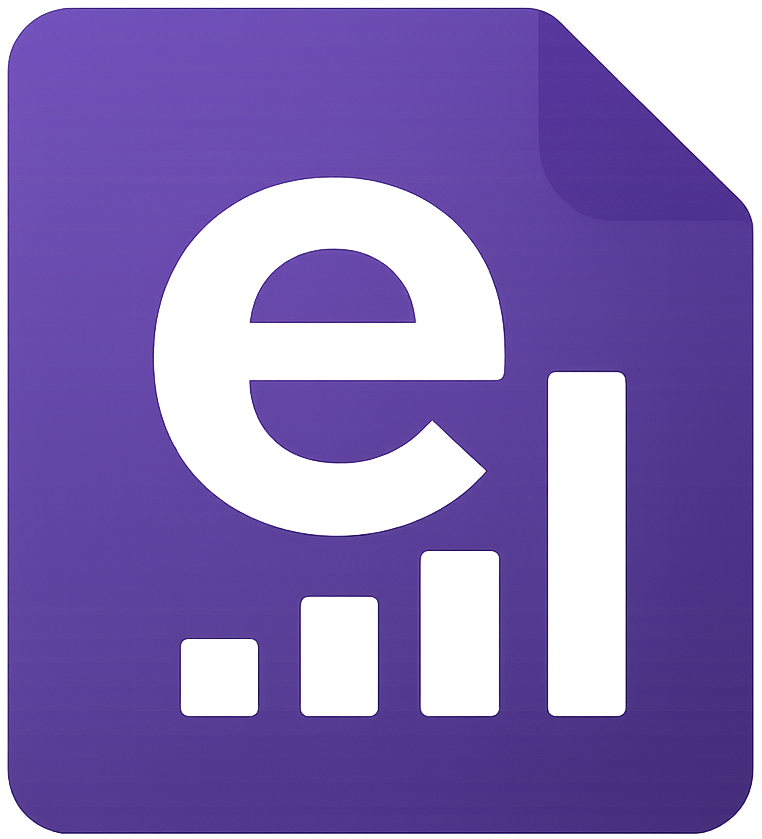Create your own digital worksheets
by Richard Linnington, founder of esheets.io and teacher of maths at Bohunt Horsham
Every mathematics teacher hopefully has sufficient I.T. skills to create their own written worksheets and slides that are tailor-made for their own individual classes. But when it comes to interactive web pages, most of us are still at the mercy of the bigger platforms such as Hegarty Maths, Maths Watch or Sparx Maths. As good as they are, these sites often force students into using methods that might not be the student's first choice. And they often introduce new concepts either too quickly or too slowly.
Wouldn't it be great if we could create our own interactive web pages that closely complement the material we've been teaching?
It was with this thought in mind that I decided to create a collection of electronic worksheets (or "esheets" as I refer to them with my students). Using AI to write the code has been a simple process and I've casually created nearly 200 worksheets, visual tools and games in the last year while also doing all my usual planning and marking. These files can be easily inserted into a VLE such as Google Classroom, although I've actually collated mine for public use at my own website: esheets.io
Each teacher will have their own priorities when designing a digital worksheet. For me, I wanted the following:
- Instant feedback - of course! Students immediately know if they've answered correctly or not.
- Deliberately vague feedback - my pages will only tell the student if they are correct or not... but nothing more. In my experience, this gives the student the opportunity to "dig a little deeper" and to reach the correct answer on their own terms.
- Non-threatening activities - if a student gets the answer wrong then they can keep persevering with the question until they gain success.
- Scaffolded - prompts and interim feedback have been added to the worksheets for some of the trickier topics to help students along the way. For example, the worksheet on bus-stop division turns green (or red) as students enter their remainders inside the bus-stop.
- Unlimited questions - as opposed to a pre-made Socrative quiz, I wanted the questions to be generated programatically so that students can visit the page again and again, receiving a fresh new set of questions every time - perfect for retrieval practice.
- Different questions for each student - so there's no possibility of just taking a sneaky peek at the answer slide or another student's work. (Don't underestimate the size of this problem)
- Versatile formatting - many of my worksheets include diagrams, tables and even draggable content. Try doing that in Socrative!
When my students have completed an esheet I ask them to take a screenshot of their achievement and to upload it onto our VLE (this takes them just a few seconds). Incidentally, I also insist that students document their written workings either on their tablet device or in their paper workbook. As I wander around the classroom I can see the automatic colour-coded feedback which alerts me to which students might be struggling.
How to create your own electronic mathematics worksheets
So how do you go about rolling your own digital worksheets?
- The first step is to train your AI. While you could use a fresh new prompt every time, many AI tools allow you to create your own custom-made pre-trained version (Google Gemini calls these "gems", but I've actually created my "GPT" with Chat GPT instead). Creating Gems and GPTs is just as simple as any other prompt and - if you have never tried doing this yet - it's really time you gave it a go! So my GPT creates my esheets in the (fairly) consistent style that I want.
- Once you've created your GPT then it's time to start using it. Get it creating worksheets for you on whatever maths topic you fancy!
- Now test it. I cannot emphasise this step enough. There will sometimes be errors and unexpected formatting issues that need fixing. It's usually easier to take a screenshot of the error and then share it with your AI. In my experience, pay particular attention to decimal roundings and make sure that answers are being evaluated to a suitable level of accuracy.
- If you're happy that your worksheet is working as intended, now upload it to your favourite VLE. In Google Classroom it is as simple as clicking Pages -> Full page embed -> Add embed -> Embed code
And that's it! It's great knowing that I have a growing bank of questions that are constantly refreshing for my students.
If you create a worksheet that you're proud of then contact me, I'd be only too delighted to add it to esheets.io with an acknowledgement.
